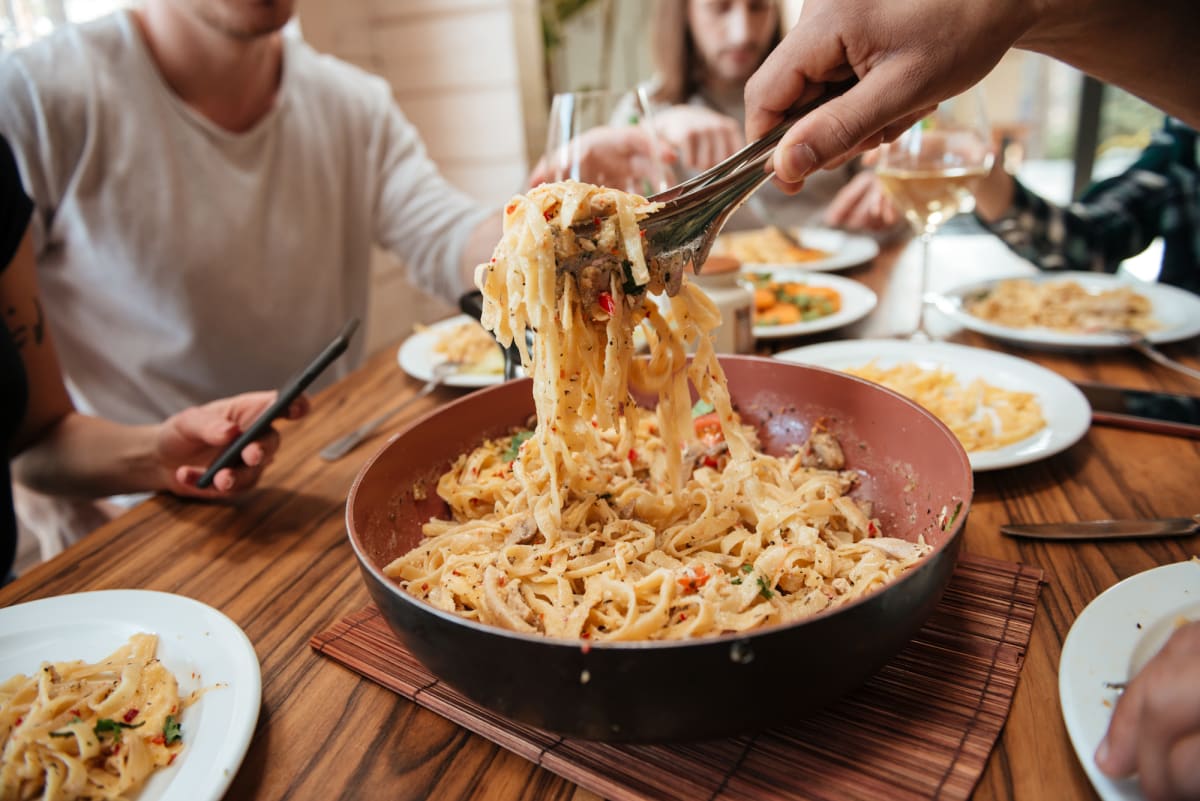
Inflation has been one of the biggest threats to economies worldwide.
Consumers in the West are facing a historic rise in the prices of almost all products and services, sharply curtailing their purchasing power.
Central banks in the U.S. and the euro zone continue to raise interest rates in hopes of bringing down inflation. The European Central Bank on May 4 once again raised its interest rates by 0.25 percentage point, taking into account both the slight easing in inflation, excluding energy prices, and weak economic growth in the euro zone.
Continuing a series of six rate hikes since July 2022, the ECB says it still has a ways to go before ending its monetary-tightening cycle.
"Now is not the time” to stop raising rates, its chief economist, Philip Lane, warned last month.
Pastagate: Accusations of Producer Speculation
By making credit more expensive, the ECB wants to curb demand for mortgage loans, for consumption and for business investments, and thus slow the rise in prices.
Inflation in April still sailed well above the ECB's 2% target, regaining 0.1 percentage point, to 7%, after months of slowdown. Excluding the prices of energy, food, tobacco and alcohol, so-called core inflation fell for the first time in a year, to 5.6% from 5.7% in March, according to Eurostat.
A significant slowdown in inflation is not, however, expected in the short term in the euro zone, given the wage increases granted in several sectors, such as in Germany for public service employees.
In the banking sector, lending conditions are getting tougher, since the 2011 sovereign debt crisis, and demand for credit is feeling the pinch, according to the latest ECB data.
In addition, the weak increase in the euro zone's gross domestic product, 0.1% in the first quarter, attests to the vulnerability of the euro-zone economy.
This situation is reflected in Italy, one of the euro-zone countries, by an explosion in pasta prices, the flagship product of Italian gastronomy. An Italian eats an average of 23 kilos (51 pounds) of pasta a year, according to official data.
Pasta prices in the country have increased an average of 17.5% year-over-year, according to local media, citing the Ministry of Enterprises and Made in Italy. This increase is twice consumer-price inflation in Italy, which amounted to 8.1% in March, according to the European Central Bank.
In April, prices in Italy rose 8.8% year-on-year, driven particularly by energy prices. So-called core inflation, which excludes fresh food and energy, was 6.8%.
As the price of wheat has fallen, some Italian consumer associations have accused the manufacturers of speculating and filed an official complaint. Following this complaint, Adolfo Urso, the minister of enterprises and Made in Italy, has just held a crisis meeting on May 11 about Pastagate.
Consumer Group Challenges Pasta Producers
Urso said that whatever the outcome, consumers will benefit as increased attention to the issue has already prompted many companies to state that rising pasta prices were only temporary.
Assoutenti, a consumer-rights group that published a survey of regional pasta prices in April, attributes the increase to producers. The group found that pasta prices have risen on average by 25% from last year. Only in 12 of Italy's 110 provinces can a kilogram (2.2 pounds) of pasta be purchased for less than $2.20.
"Our survey on retail prices in the various Italian cities indicates that the average price of pasta in March was exactly double that indicated by pasta makers, i.e. 2.13 euros ($2.31) per kg," said Assoutenti's president, Furio Truzzi, in a statement written in Italian.
Truzzi disputed statements from the Unione Italiana Food, an industry body, that the price per kilo is 1.07 euros ($1.16). It challenged the lobbying group to publish the list of all Italian shops where pasta costs 1.07 euros per kilo, "so as to direct consumers towards these establishments and avoid them buying spaghetti, penne and bucatini at prices above 2 euros per kg."
"If the Unione Italiana Food believes that the average price of pasta in Italy is 1.07 euros per kilo, it will have no problem indicating all the shops that use similar price lists," said Truzzi. "From the farm to table, prices are subject to markups of up to +578%. This is determined by speculation."
Pasta producers said that their costs, like food costs in general, have risen with the Russian war in Ukraine. Energy, packaging and logistics have seen a significant rise in prices.







